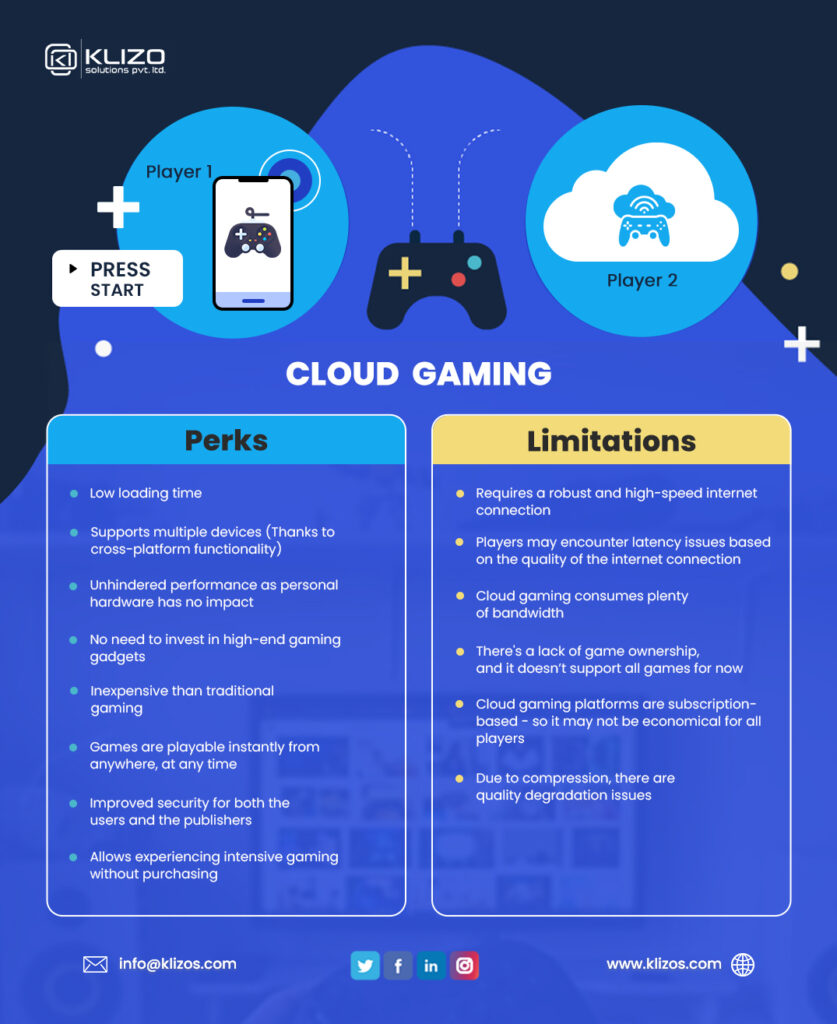In recent years, the gaming landscape has undergone a significant transformation, primarily driven by the rise of cloud gaming. This innovative technology allows players to stream games directly to their devices without the need for powerful hardware, raising questions about the future of traditional consoles. In this article, we will delve into the impact of cloud gaming on traditional consoles, examining how this shift is reshaping the gaming industry and what it means for gamers and developers alike.
As we explore the impact of cloud gaming on traditional consoles, readers will gain insights into the advantages and challenges posed by this new model. We will discuss how cloud gaming services are changing the way games are developed, distributed, and played, potentially leading to a decline in the demand for physical consoles. Additionally, we will analyze the implications for game developers and the evolving business models that are emerging in response to this trend.
Furthermore, we will highlight the potential benefits of cloud gaming, such as increased accessibility and the ability to play high-quality games on a variety of devices. However, we will also address the concerns surrounding latency, internet connectivity, and the overall gaming experience. By the end of this article, you will have a comprehensive understanding of how cloud gaming is influencing traditional consoles and what the future may hold for both gamers and the industry. So, stay with us as we navigate this exciting and rapidly evolving topic!
Cloud gaming has emerged as a revolutionary technology that is reshaping the gaming landscape. As players increasingly turn to cloud-based platforms, traditional consoles face significant challenges and opportunities. This article delves into the multifaceted impact of cloud gaming on traditional gaming consoles.
The Rise of Cloud Gaming Services
The advent of cloud gaming services like Google Stadia, NVIDIA GeForce Now, and Xbox Cloud Gaming has transformed how games are accessed and played. Unlike traditional consoles that require physical hardware and game discs, cloud gaming allows users to stream games directly to their devices. This shift not only reduces the need for expensive hardware but also democratizes access to high-quality gaming experiences.
As cloud gaming continues to gain traction, traditional console manufacturers are compelled to adapt their business models. The convenience of playing on various devices without the need for downloads or installations is appealing to many gamers, particularly those who prioritize flexibility and accessibility. This trend raises questions about the future viability of traditional consoles in a rapidly evolving market.
Cost Implications for Gamers
One of the most significant impacts of cloud gaming on traditional consoles is the cost structure for gamers. While purchasing a console and physical games can be a substantial investment, cloud gaming often operates on a subscription model, allowing players to access a library of games for a monthly fee. This shift can make gaming more affordable for casual players who may not want to invest heavily in hardware.
However, the long-term costs of cloud gaming can add up, especially if gamers subscribe to multiple services. Additionally, the reliance on a stable internet connection can be a barrier for some users, particularly in regions with limited bandwidth. As a result, the financial implications of cloud gaming versus traditional consoles remain a critical consideration for consumers.
Game Library and Availability
Cloud gaming platforms often boast extensive libraries that include both new releases and classic titles. This vast selection can be a significant advantage over traditional consoles, which may have limited backward compatibility or exclusive titles. Gamers are increasingly drawn to the idea of having a diverse range of games available at their fingertips without the need for physical storage.
However, the availability of specific titles can vary between platforms, leading to potential frustration for gamers who wish to access certain games. Traditional consoles may still hold an edge in exclusive titles that are not available on cloud platforms, creating a complex landscape where gamers must weigh their options carefully.
Performance and Latency Concerns
While cloud gaming offers convenience, performance and latency issues remain significant concerns. The quality of the gaming experience can be heavily influenced by the user’s internet connection, leading to potential lag and reduced responsiveness. Traditional consoles, on the other hand, provide a more stable and consistent gaming experience, as they rely on local hardware.
As technology advances, cloud gaming services are continually working to improve performance and reduce latency. However, for competitive gamers and those who prioritize high-performance gaming, traditional consoles may still be the preferred choice. This ongoing debate highlights the importance of understanding the technical limitations of cloud gaming.
Social Interaction and Community Building
Gaming has always been a social activity, and cloud gaming is no exception. Many cloud platforms incorporate social features that allow players to connect, share experiences, and form communities. This aspect can enhance the gaming experience, making it more interactive and engaging.
However, traditional consoles have established communities and ecosystems that have developed over decades. The transition to cloud gaming may disrupt these established social networks, leading to a potential fragmentation of the gaming community. Understanding how cloud gaming affects social interaction is crucial for both gamers and developers.
The Future of Traditional Consoles
The future of traditional consoles in the age of cloud gaming is uncertain. While some industry experts predict a decline in console sales, others believe that hybrid models that combine cloud gaming with traditional hardware may emerge. This evolution could lead to new opportunities for console manufacturers to innovate and adapt to changing consumer preferences.
Ultimately, the impact of cloud gaming on traditional consoles will depend on various factors, including technological advancements, consumer behavior, and market dynamics. As the gaming landscape continues to evolve, both cloud gaming and traditional consoles will need to coexist and find ways to complement each other.
| Aspect | Cloud Gaming | Traditional Consoles |
|---|---|---|
| Definition | Cloud gaming allows users to play games streamed from remote servers without the need for powerful hardware. | Traditional consoles are dedicated gaming devices that require physical hardware to run games locally. |
| Accessibility | Accessible on various devices (PCs, smartphones, smart TVs) with an internet connection. | Limited to specific gaming consoles, requiring users to purchase the hardware. |
| Cost | Subscription-based models can reduce upfront costs but may lead to ongoing fees. | High initial investment for the console and games, but no ongoing subscription fees. |
| Game Library | Offers a wide range of games available instantly without downloads. | Game libraries are limited to what is available for the specific console. |
| Performance | Dependent on internet speed and latency; can suffer from lag and quality issues. | Generally provides consistent performance with high-quality graphics and gameplay. |
| Social Interaction | Facilitates online multiplayer experiences across different platforms. | Often limited to console-specific online services and communities. |
| Future Trends | Growing popularity with advancements in technology and internet infrastructure. | May face decline as cloud gaming becomes more mainstream and accessible. |
This HTML document provides a structured overview of the impact of cloud gaming on traditional consoles, highlighting key aspects in a tabular format.



